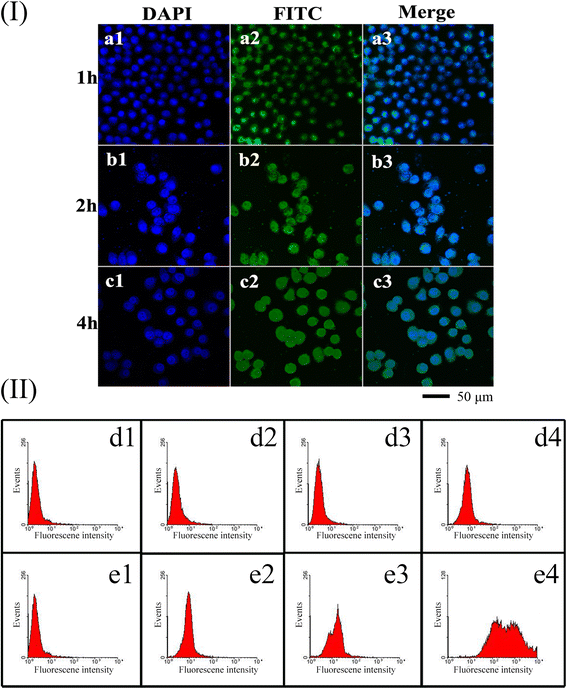
NGF, IGF-1 and EPO were able to increase cell proliferation in KIT-depleted cells in an ERK1/2-dependent manner. We found that KIT knockdown in NB cells leads to strong upregulation of other pro-survival growth factor signaling cascades such as EPO, NGF, IL-6, and IGF-1 pathways.

Our data suggest that apoptosis induction was caused by mitotic catastrophe, and there was a 2-fold decrease in percentage of G2-M cell cycle phase after KIT knockdown. KIT knockdown with shRNA encoded by lentiviral vectors in SH-SY5Y cells led to reduced cell proliferation and apoptosis induction up to 50%. Increased KIT expression was associated with activation of cell survival pathways, downregulated apoptosis induction, and cell cycle checkpoint control pathways. We investigated 19,145 tumor RNA expression and molecular pathway activation profiles for 20 cancer types and detected relatively high levels of KIT expression in NB.

Receptor tyrosine kinase KIT has been identified as a potential marker of high-risk NB and a promising target for NB treatment. Neuroblastoma (NB) is a pediatric cancer with high clinical and molecular heterogeneity, and patients with high-risk tumors have limited treatment options. These data suggest that SARS-CoV-2-mediated PB disassembly contributes to the dysregulation of proinflammatory cytokine production observed during severe SARS-CoV-2 infection. Ectopic expression of the N proteins from five other human coronaviruses (OC43, MERS, 229E, NL63 and SARS-CoV) did not cause significant PB disassembly, suggesting that this feature is unique to SARS-CoV-2 N protein. PB loss correlated with the increased cytoplasmic localization of these transcripts in SARS-CoV-2 N protein-expressing cells. RNA fluorescent in situ hybridization revealed that transcripts encoding TNF and IL-6 localized to PBs in control cells. We screened a SARS-CoV-2 gene library and identified that expression of the viral nucleocapsid (N) protein from SARS-CoV-2 was sufficient to mediate PB disassembly. Here, we show SARS-CoV-2 and the common cold CoVs, OC43 and 229E, induced PB loss. Prior to this submission, no information was known about how human coronaviruses (CoVs) impacted PBs. Many viruses cause PB disassembly, an event that can be viewed as a switch that rapidly relieves cytokine RNA repression and permits the infected cell to respond to viral infection. PB formation promotes turnover or suppression of cytokine RNAs, whereas PB disassembly corresponds with the increased stability and/or translation of these cytokine RNAs.

Processing bodies (PBs) are cytoplasmic membraneless ribonucleoprotein granules that control innate immune responses by mediating the constitutive decay or suppression of mRNA transcripts, including many that encode proinflammatory cytokines. A dysregulated proinflammatory cytokine response is characteristic of severe coronavirus infections caused by SARS-CoV-2, yet our understanding of the underlying mechanism responsible for this imbalanced immune response remains incomplete.


 0 kommentar(er)
0 kommentar(er)
